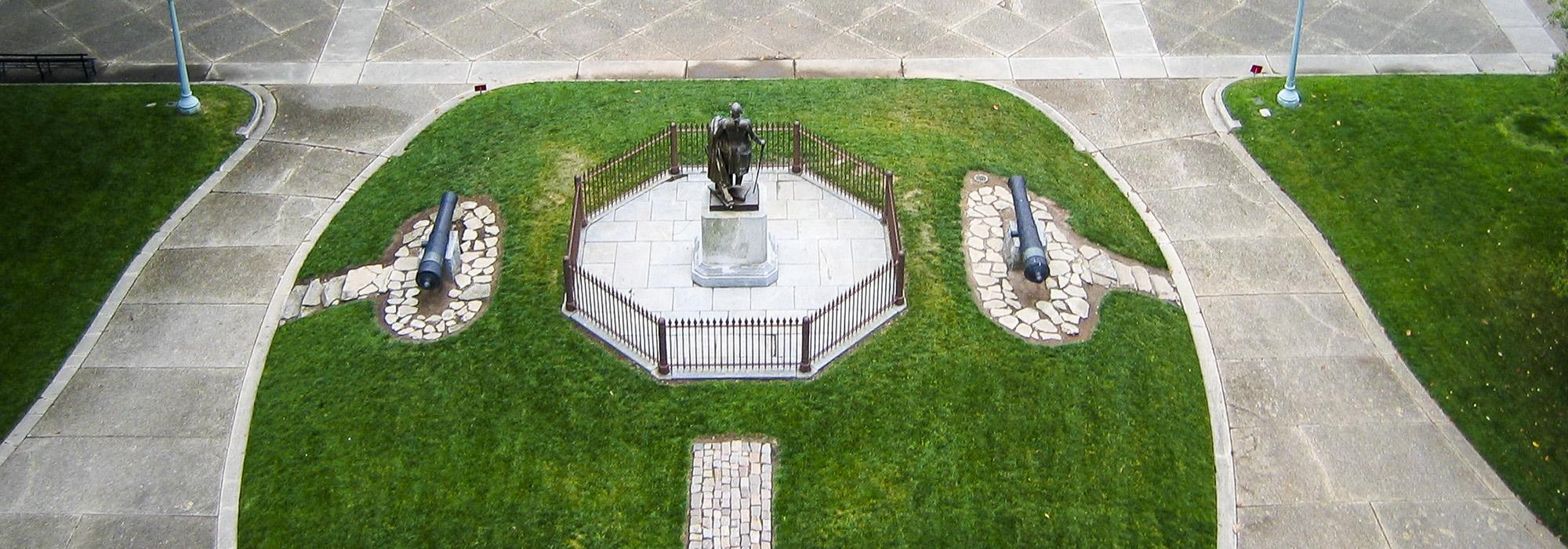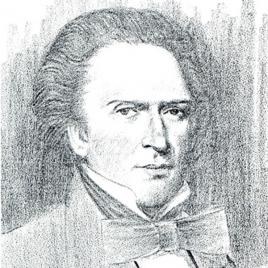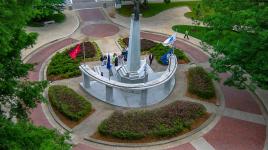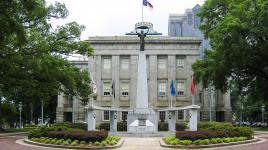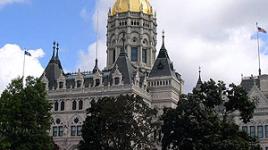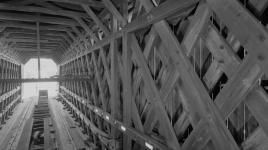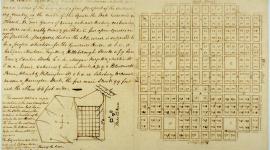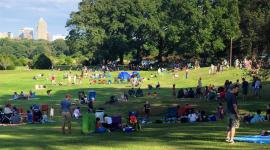Pioneer Information
Born in Thompson, Connecticut, Town moved to Cambridge, Massachusetts, in 1792 after the death of his father, to live with an uncle. From 1805 to 1806, Town studied architecture under Asher Benjamin, a Boston architect and author of several influential builders’ guides. In 1812 Town moved to New Haven, Connecticut, and began practicing as an architect. One of his first projects was Center Church, and soon after, Trinity Church, both on the New Haven Green.
Town patented the Town Lattice Truss style wooden bridge in 1820, a major innovation that streamlined bridge building, for which he received substantial royalties. He constructed many important bridges in New England and in the South, including Bull’s Bridge and the West Cornwall Covered Bridge, both crossing the Housatonic River in Connecticut, and the Cape Fear Bridge in Fayetteville and South Yadkin River Bridge near Salisbury, North Carolina.
Town moved to New York City in 1825 and in 1829 formed a partnership with Alexander Jackson Davis. Working primarily in the Greek Revival style, their firm notably designed many prominent government structures, including the Indiana State Capitol (constructed 1831, demolished in 1877), and North Carolina State Capitol (1833). Town was selected by painter Samuel Morse, after they had traveled together in Europe from 1829 to 1830, to serve as one of two architecture representatives in the founding of The New York Drawing Association (now the National Academy of Design). Town donated a portion of his extensive, 11,000-volume library, covering topics in architecture and fine arts, to Yale University. He died in 1844 in New Haven, Connecticut, where he had always maintained a home.



